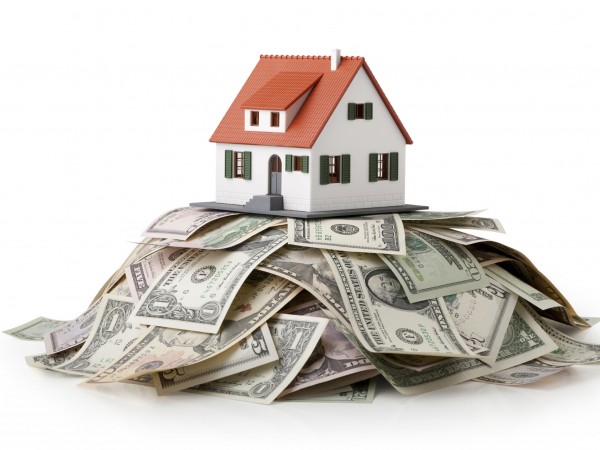Tax-Free Income from Sale of a Primary Residence

With the housing market slowly making a rebound as home prices are beginning to increase, it may be beneficial to review a standing tax perk. Internal Revenue Code Section 121, better known as the Primary Residence Exclusion, is a tax benefit that has stood the test of time, and nearly every selling homeowner has the potential to use it. Since May of 1997, the Primary Residence Exclusion has allowed taxpayers to exclude up to $250,000 of gain ($500,000 if married filing jointly) from the sale of their primary residences.
Key terms and their meanings
To understand how the benefit applies, one must understand some terms in the rules.
Primary Residence (aka: Main Home, Principal Residence) – The IRS defines this as a house, houseboat, mobile home, cooperative apartment, or condominium that you have owned and lived in as your main home for two of the last five years ending with the date of sale. It is important to note that the two years of living in the residence are aggregate, meaning the “living in” period does not need to be two consecutive years. Also, for this purpose, a taxpayer can have only one “main home.”
Gain on sale – The exclusion applies purely to the profit on the sale of your home, rather than the sales price. Generally, profit equals proceeds less cost basis, but many considerations can affect the cost basis. For most taxpayers, the cost of their home is the purchase price, perhaps increased by improvements made to the premises such as additions, central air systems, landscaping, etc. The cost basis of your home might also be decreased in certain situations. For instance, if you used part of your home as an office and were eligible to deduct depreciation on it, that depreciation will reduce your cost basis.
Other considerations
Rentals – If part of your primary residence was used to generate rental income, some complex rules can apply that generally either allocate the gain into two pieces (qualifying and non-qualifying) or cause a portion of the gain to be taxable to the extent of prior depreciation.
3.8% Medicare tax – This new tax generally applies to gain in addition to income tax, but if the Section 121 exclusion properly excludes gain from taxable income, it will escape this tax as well.
Limitations – Taxpayers can use the Primary Residence Exclusion an indefinite number of times, but the exclusion can only be used once every two years. In instances where a home must be sold before meeting the two year requirement due to certain unforeseen events such as moving for employment, health, death, or divorce, the sale may qualify for a partial exclusion.
Comparison to prior rules – We occasionally field questions from clients who have not sold their primary residences since these rules came into existence, and they assume previous rules still apply. Sec. 121 excludes gain, while its predecessor rules merely deferred them. The deferral took place only if sellers reinvested (“rolled over”) sale proceeds into new, generally more expensive, homes. The deferred gain had to be tracked indefinitely, because if the reinvestment was “broken,” the gain would be taxable. While the cost basis from that period is still relevant, that deferral method is gone, having been replaced with the much more beneficial current exclusion method provided under Sec. 121.
The Primary Residence Exclusion can be a very helpful benefit for taxpayers who sell a primary residence. There are specific rules that must be met, though, and each seller must understand the criteria and limitations. For more information regarding the Primary Residence Exclusion, please refer to IRS Publication 523 or speak with your BNN advisor at 1.800.244.7444.
Disclaimer of Liability: This publication is intended to provide general information to our clients and friends. It does not constitute accounting, tax, investment, or legal advice; nor is it intended to convey a thorough treatment of the subject matter.
